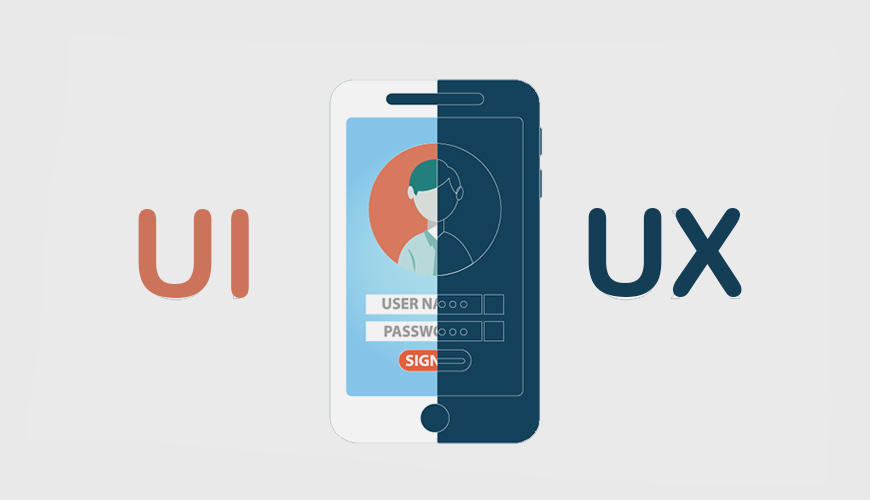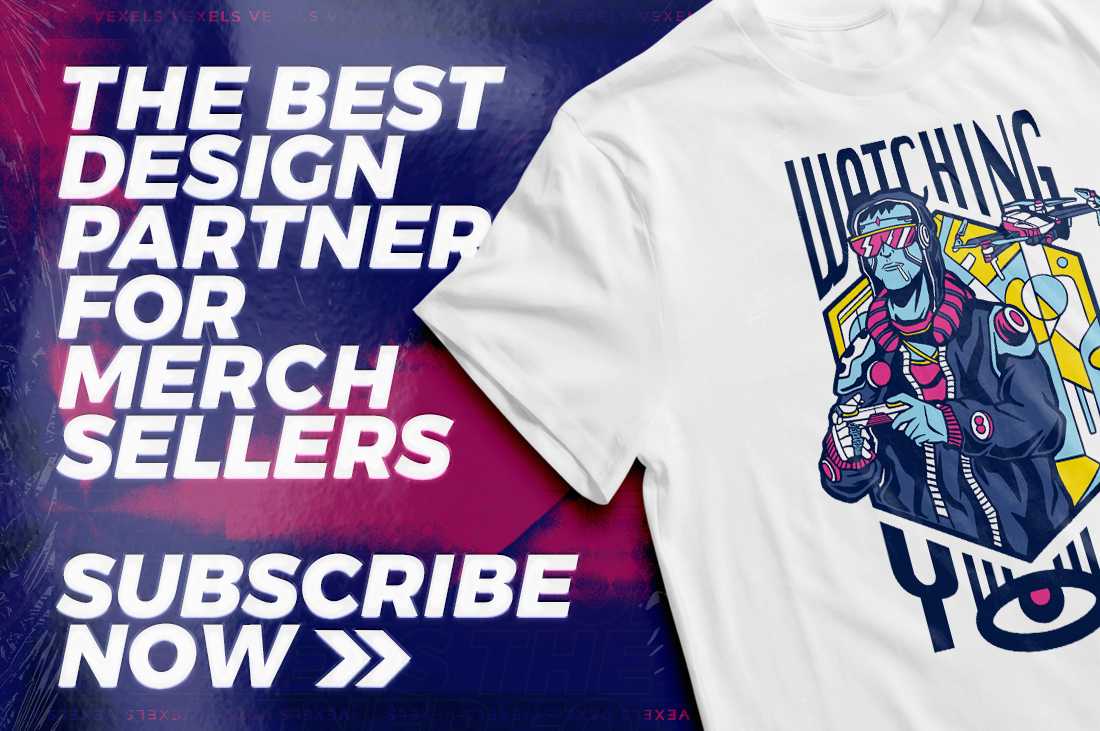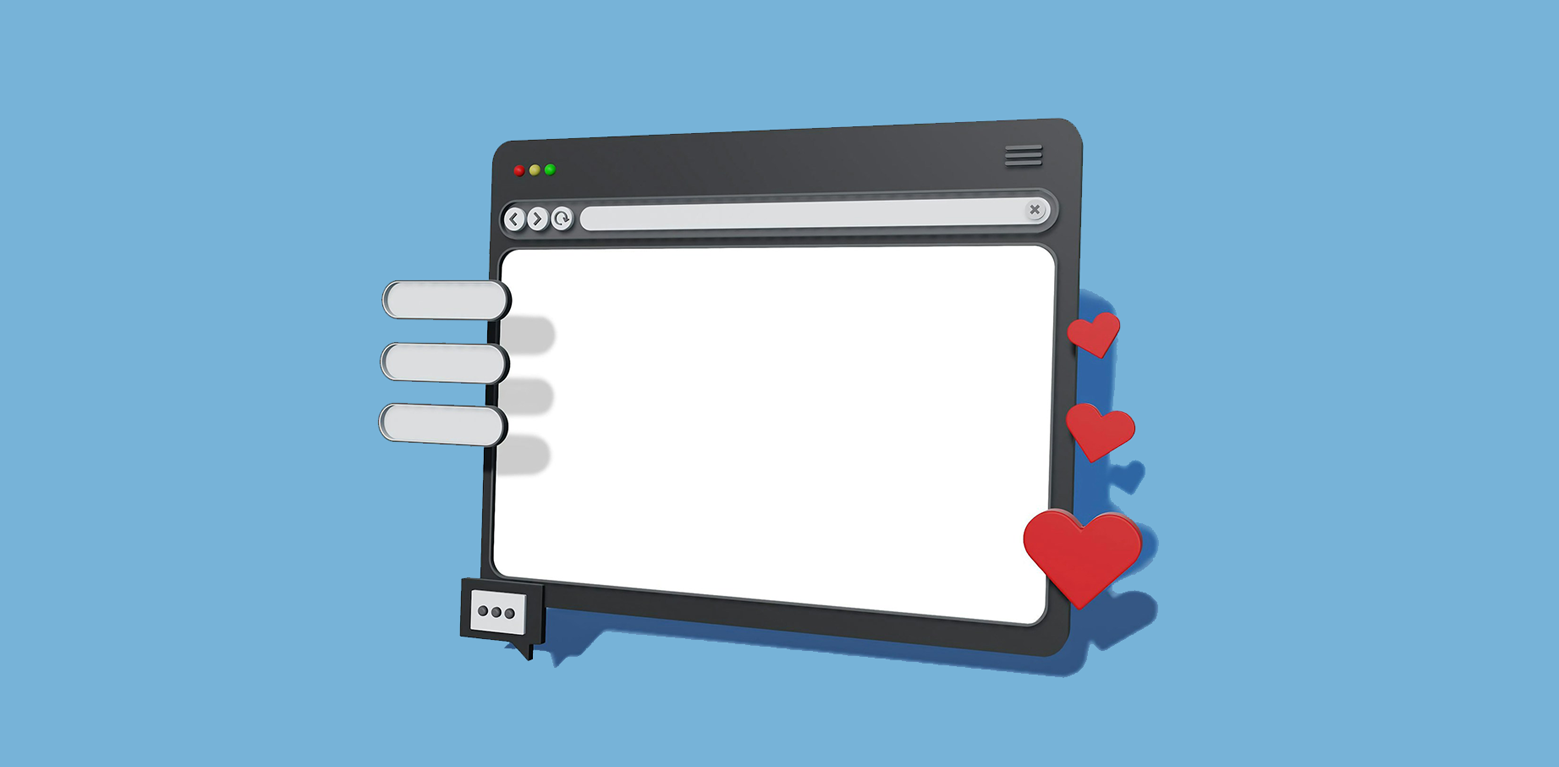In many people’s minds, graphic design, UX design, and even web design are synonymous and refer to digital design in general.
However, although they do share certain similarities and backgrounds, UX and graphic design have evolved in different directions over the past few years. It’s mainly due to a plethora of different devices and technologies that require a more sophisticated approach to user interaction.

All this can be a bit overwhelming to both young designers looking for their own path and product owners who need to hire the best people for the job.
Here’s a quick recap of these two fields that will shed some light on them.
What’s Graphic Design?
Simply put, graphic design is a craft (or even better, an art) of communicating certain ideas through print, web, and visual design. Graphic design leverages the synergy of color, typography, and imagery, as well as problem-solving to convey a message.
This can refer to building simple concepts such as logos all the way to creating pages of a website.
As graphic design usually falls under the category of branding, designers get instructions and cues from the marketing or advertising teams of a company. Their role is to help customers develop an emotional connection with a brand.
What’s UX Design?
Before we start discussing UX design and how it differs from graphic design, it’s important to establish what user experience (UX) is.
Did you know that 79% of people who don’t like what they find on one website will bounce off and look elsewhere?
Similarly, 89% of people are more likely to recommend a brand after a positive mobile experience.
It’s clear that user experience is of critical importance when it comes to the success of a product or service. This concept can be defined as how users feel when they’re interacting with that product or service.

But, UX isn’t just usability – there are 7 different factors that should be taken into account, and the other 6 are:
- Usefulness
- Findability
- Credibility
- Desirability
- Accessibility
- Value.
UX design can be defined as enhancing user satisfaction by improving all these factors and creating a seamless user experience. So, the trick is to make the interaction between the user and the product pleasurable and frictionless as possible.
Do the Graphic and UX Design Process Overlap?
Yes, in many respects, but there are some essential differences between them.
For example, both graphic and UX design consist of two phases – analysis and design. Still, their goals differ. The main purpose of the former is to polish a product or service, and graphic designers don’t need to look under the hood too much. The latter goes beyond visual appeal and doesn’t stop once the product or service has been launched.
- Analysis. In case of graphic design, this stage, also called “ideation” is pretty straightforward, while for UX design, this phase is more complex and it can occur throughout the process, not just in the beginning.
- Design. For a graphic designer, this is the favorite and final part of the process. For a UX designer, this stage is more than making sure that all elements are aesthetically pleasing. It’s their task to deliver the best possible user experience. And for that, they need to take into consideration information architecture, navigation, graphic design, interaction design, and many more. In other words, this phase consists of user research, analysis, design, prototype, and user testing. It’s worth noting that in case of UX design, the story doesn’t end with product testing and launch – UX designers need to tweak and fine-tune the product additionally. It’s clear that all this makes UX design a bit more dynamic and interactive.

For example, if we take a look at some of the best website design examples, it’s easy to notice that all of them boast functional and appealing design, user-friendliness, and ease of use. Apple tops this list, and it features a great synergy of graphic and UX design – the company’s website is very attractive and elegant, and simple at the same time although it contains all the necessary information for potential and existing customers.
Another difference between these two disciplines lies in the fact that graphic design is one-sided in terms of communication – a message is directed at the target audience.
However, UX design is more like a dialogue, as the communication goes both ways. In order for an app or website to be successful, UX designers need to convey a message properly, so that end-users understand it and achieve their goals. In other words, if users can easily navigate a website and find what they’re looking for, then UX design is successful.
On the other hand, if a bounce rate of a website is high, or if users have to click back and forth endlessly, then UX designers need to figure out how to improve this interaction.
As you can see, despite their shared roots, graphic design is only a part of UX design. The truth is that they heavily rely on each other in an attempt to build a high-quality product.





